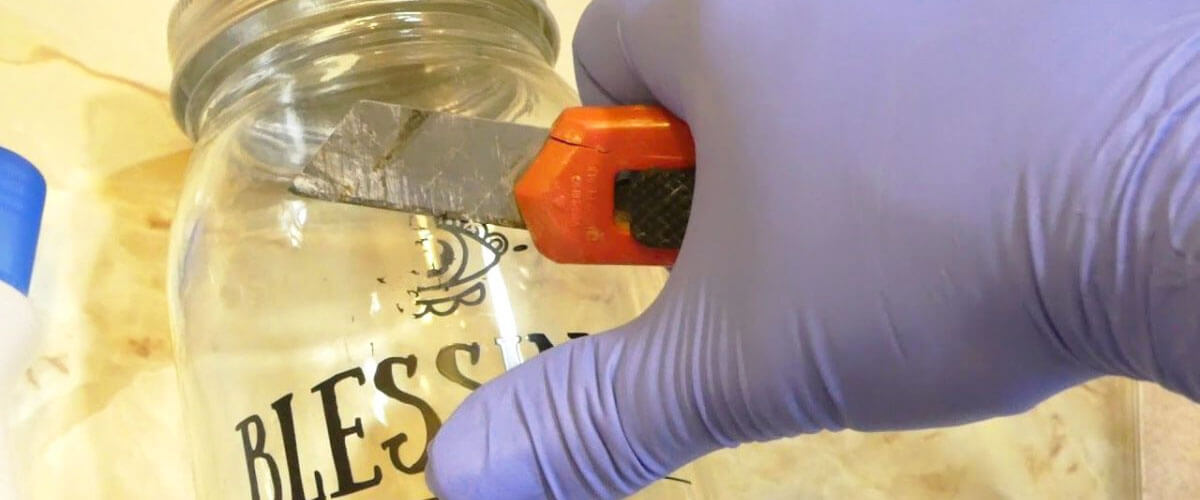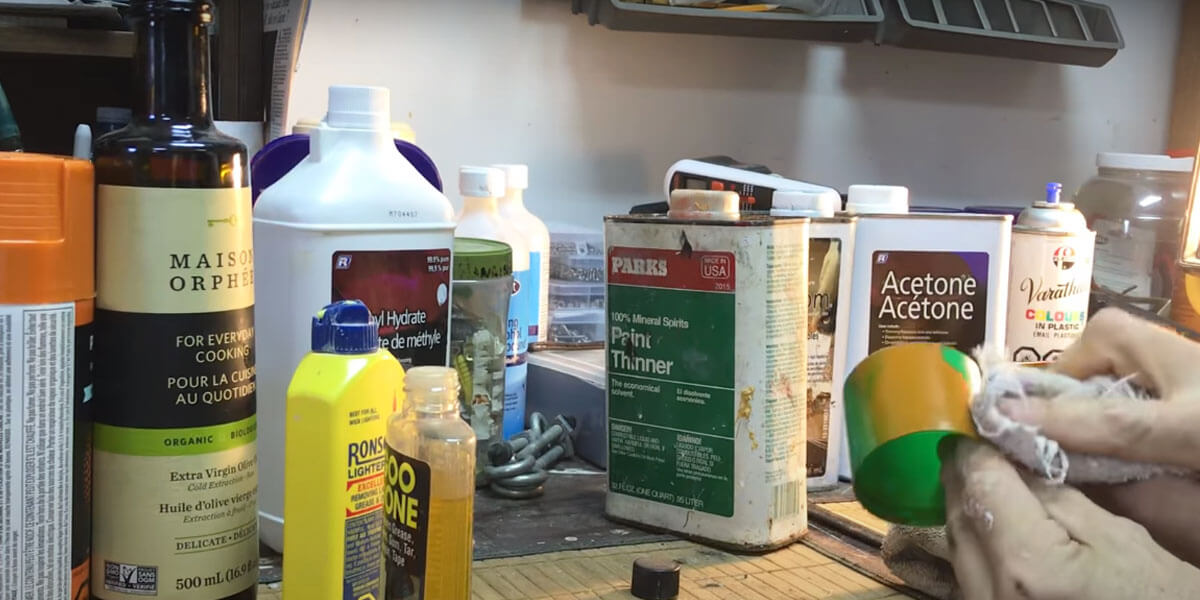Stripping paint from plastic surfaces can be a challenging task that many individuals encounter. Whether you’re looking to restore old items or deal with accidental paint spills, knowing how to effectively strip paint from plastic is important. In this article, I will share various techniques that will assist you in efficiently and safely removing paint from plastic surfaces. If you’re seeking ways how to get paint off plastic, you’ve come to the right place!
Understanding the basics

Based on my extensive experience, I can assure you that when it comes to removing paint from plastic, it’s crucial to have a solid understanding of the fundamentals. This section will delve into the importance of comprehending the type of plastic you’re working with and the different types of paint that can be encountered.
A brief explanation of different types of plastic
Plastics come in various forms, each with its unique characteristics. Understanding the type of plastic you’re dealing with is important because different plastics may require specific approaches when it comes to paint removal. Some common types of plastic include polyethylene (PE), polypropylene (PP), polystyrene (PS), and polyvinyl chloride (PVC).
Potential risks of incorrect paint removal
While removing paint from plastic, it’s important to be aware of the potential risks associated with using incorrect techniques or harsh chemicals. Incorrect paint removal from the plastic can lead to surface damage, chemical reactions that degrade the plastic, health hazards from toxic chemicals, adhesion issues for future coatings, and permanent markings or etchings.
Steps to remove paint from plastic

In this section, I will provide step-by-step guides for both non-abrasive and chemical methods, allowing you to choose the approach that best suits your needs and the specific type of paint you’re dealing with.
Step-by-step guide for non-abrasive methods
- Gather the necessary materials. You will need items such as a hairdryer, plastic scraper, rubbing alcohol or acetone, cotton balls or soft cloth, and mild dish soap.
- Preparing the surface. Ensure the plastic surface is clean and free from dust or debris. Use mild dish soap and water to wash the area and let it dry completely.
- Applying heat. Set the hairdryer to a low or medium heat setting and aim it at the painted area. Move the hairdryer back and forth, approximately 6-8 inches away from the surface, to soften the paint.
- Scraping off the paint. Once the paint becomes soft and pliable, gently scrape it off using a plastic scraper. Be careful not to apply excessive pressure to avoid scratching the plastic.
- Removing any residue. Dampen a cotton ball or soft cloth with rubbing alcohol or acetone. Gently rub the remaining paint residue until it lifts off the plastic surface. Wipe clean with a damp cloth.
Step-by-step guide for chemical methods
- Ensure proper ventilation. If using chemical paint strippers or removers, work in a well-ventilated area to minimize exposure to fumes. Wear protective gloves and goggles.
- Selecting the appropriate chemical. Choose a paint stripper or remover that is safe for use on plastic surfaces. Read and follow the instructions provided by the manufacturer.
- Applying the chemical. Apply the chemical to the painted area, following the recommended application method. It is often in the form of a gel or liquid. Use a brush or sponge to evenly coat the surface.
- Allowing the chemical to work. Give the chemical sufficient time to penetrate the paint layers. The recommended duration will be specified on the product label.
- Removing the paint. Once the paint has been loosened by the chemical, use a plastic scraper or credit card to gently scrape off the paint. Wipe clean with a cloth dampened in water or a mild soap solution.
Remember to consider the type of plastic and paint you’re working with and choose the method that aligns with your preferences and safety requirements.
Special considerations
When removing paint from plastic, there are certain special considerations to keep in mind. In this section, I will address these considerations and provide guidance on dealing with stubborn paint, removing paint from specific types of plastic, and caring for the plastic surface post-paint removal.
Dealing with stubborn paint
- Assess the situation. Determine the thickness and stubbornness of the paint. If the paint is particularly stubborn or multiple layers are present, you may need to repeat the paint removal process or try a more aggressive method.
- Mechanical methods. For stubborn paint, consider using mechanical methods such as sanding with fine-grit sandpaper or a power tool with a sanding attachment. Be cautious not to damage the plastic surface and work gradually.
- Seek professional assistance. If the paint proves extremely difficult to remove or you’re dealing with valuable or delicate plastic items, it may be best to seek professional assistance from a restoration specialist.
Removing paint from specific types of plastic
- Identify the plastic type. Different plastic types may require specific approaches for paint removal. Refer to the earlier section on understanding the basics to identify the type of plastic you’re working with.
- Research appropriate methods. Once you’ve identified the plastic type, research and ensure you’re using paint removal methods that are suitable for that specific plastic. Certain plastics may be more sensitive to heat, chemicals, or abrasive techniques.
- Test in an inconspicuous area. Before applying any paint removal method to the entire plastic surface, perform a test in a small, inconspicuous area to ensure it doesn’t cause any damage or discoloration.
Caring for the plastic surface post-paint removal
- Cleaning the surface. After removing the paint, spotless the plastic surface using a mild soap or plastic-safe cleaner. This will help remove any residual chemicals or debris from the paint removal process.
- Drying the surface. Ensure the plastic surface is completely dry before applying protective or finishing products. Moisture can lead to discoloration or adhesion issues with subsequent coatings.
- Applying protective coatings. Consider applying a protective coating, such as a clear sealant or wax, to the plastic surface. This can help enhance its durability, restore shine, and provide an extra layer of protection against future paint stains.
By considering these special considerations, you’ll be better equipped to tackle stubborn paint, handle specific types of plastic, and ensure the longevity of the plastic surface post-paint removal. Remember to be mindful of potential risks, such as surface damage or health hazards, and take necessary precautions. With the right approach, you can achieve a paint-free plastic surface and breathe new life into your cherished items!














